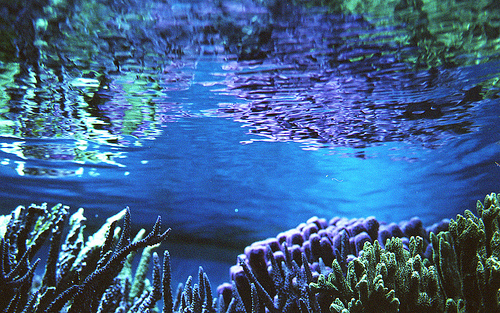
Marine microbes, which manage a bulk of the carbon in marine surface zones, use genome streamlining to adapt to environments that are nutrient-poor.
The ocean’s surface or photic zone, where sufficient light enables photosynthesis, harbors vast amounts of life-sustaining microbes that attach themselves to plankton. A large portion of the carbon in the ocean is processed by these microbes, which helps sustain the abundance of diverse marine life. But these microbes can be exceedingly difficult to culture in a lab. However, by isolating single cells and amplifying their genomes, these bacterioplankton can be successfully characterized.
In a study published June 25th, 2013, in the Proceedings of the National Academy of Sciences, a team including DOE Joint Genome Institute Microbial Genomics Program Head Tanja Woyke was able to gain insight into genome-level diversity of many types of bacteria inhabiting the ocean’s surface. The genomes of bacteria sampled in the wild were found to be streamlined in order to survive in resource-poor conditions. In contrast, microbes grown in the lab have adapted to thrive in nutrient-rich environments.
“By employing large-scale single cell genomic sequencing,” the team reported in the study, “we provide extensive, cultivation-independent insights into the genome-level diversity…of many abundant bacterial lineages inhabiting the ocean surface.” They also found that the global distribution of these bacteria correlates with both the temperature and latitude.